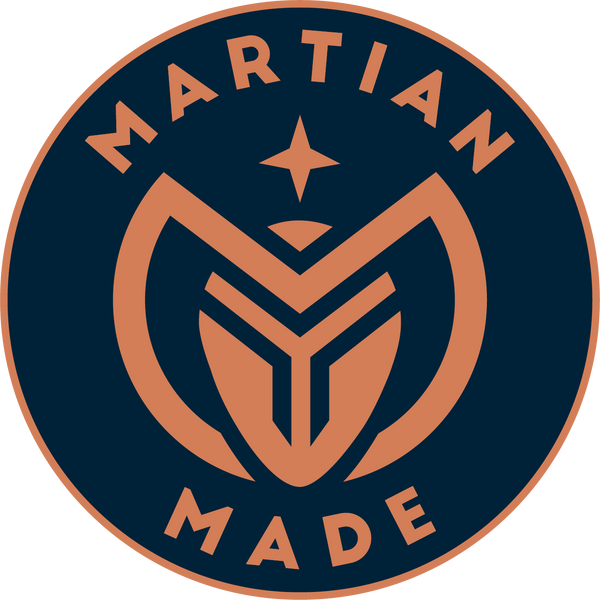Dreaming in Broad Daylight: The Art of Napping
Ah, the noble nap. Once the preserve of grandparents and cats, the siesta is making a grand return to the modern consciousness. As we grapple with a world that seems perpetually set to "fast forward", there comes a pause, a long blink in the afternoon, that invites us to tap into an oft-overlooked wisdom. Forget what you've heard about the so-called laziness associated with napping. Let's reconsider the audacious act of stopping the clock at midday and embracing the surprisingly sophisticated art of doing absolutely nothing.
The Science of Shut-Eye
There's more to napping than simply closing one's eyes and tip-toeing away from consciousness. Science, ever the spoilsport of traditional mythology, actually supports the notion that naps are not only indulgent but ingeniously productive. Studies conducted at NASA (yes, the people who send robots to Mars know a thing or two about downtime) found that pilots who took 40-minute naps showed a 34% increase in performance and a striking 100% boost in alertness.
But why stop at mere pilots when there's a whole cosmos of careers that could benefit? From high-stakes stockbrokers to those brave enough to teach teenagers, afternoon zzz’s are the universal panacea we've all been quietly snoozing on. It turns out, a brief rendezvous with your duvet might just be the reset your brain was silently screaming for.
Rewriting the Productivity Narrative
If you're feeling a little rebellious skipping lunch to catch forty winks, I invite you to rebrand your nap as a "productivity power-up," sprinkled with the magic dust of versatility. The notion that constant busyness equates to diligence and success is fast becoming as outmoded as dial-up connections.
Naps are not merely respites from reality, but opportunities for the brain to process information and cement memories. During these restorative interludes, creativity tends not to walk so much as swagger through our minds. It's no coincidence many towering figures, from Salvador Dali to Margaret Thatcher, were devotees of the art of nap. What's good for the Iron Lady must certainly hold some clout for us mere mortals, right?
Defying the Skeptic
Now, some of you might still fiddle with the notion that naps are the forbidden fruit of the professional world, to be sniggered at quietly but never publicly embraced. Let me reassure you, dear reader, that there's a growing armada of evidence supporting the health benefits of napping, each report more encouraging than the last. According to the Mayo Clinic, a nap can reduce stress, lower risk of heart disease, and generally make your day as sunny as a well-timed British heatwave.
Are you worried about stigma? Remember, we live in the age of standing desks and kombucha. Napping is just the next frontier in personal wellness tracking. Be a pioneer, not a laggard, and champion this simple, effective tool for what it is: a key component to human wellness ingeniously hidden in plain sight.
The Perfect Siesta Strategy
Now that you’re sold on the virtues of napping, let us turn to the technique. Much like a fine wine, the nap requires a careful balance of conditions to truly shine. Timing, my friends, is everything. Aim for a nap window between 1pm and 3pm when your natural circadian rhythm dips into the energy valley. Keeping it under 30 minutes will avoid grogginess, while anything longer toes the line into full-on sleep.
Location is paramount. Ideally, you want a place that's quiet, comfortable, and preferably free of the obstreperous hum of the office coffee machine. If necessary, a respectable recline in the wheely chair can suffice.
Accessories, or rather, "nap-cessories", can elevate the experience from good to glorious. Whether it’s your favourite eye mask blocking out the unwelcome glare of the office fluorescent lighting, or a decadently plush blanket to wrap up in like a burrito of bliss, choose wisely and your siesta will reward you handsomely.
Mind Your Mindset
For those of us less naturally inclined towards spontaneous slumber, consider engaging in pre-nap visualisation to immerse yourself into a serene mental state. Picture yourself in a peaceful setting, perhaps a moonlit beach on a far-off world, just at that hopeful moment between sunset and the first twinkle of stars. When the mind is transported, the body follows suit, easily slipping into restful repose.
If sleep continues to evade, a final whisper of advice is to relinquish all concern about falling asleep. The pressure to nap perfectly often keeps us from reaping its myriad benefits. Instead, enjoy the stillness and know that even a short pause can do wonders for the weary traveller of the afternoon.
Napping Unplugged: A Lifestyle Choice
The challenge that remains is incorporating this habit into our restless schedules. Like any good habit, napping requires commitment. Consider openly discussing with your employer the potential sharpness of both physique and mind one might achieve instantaneously from incorporating this mini-sabbatical into the workday. Or, if the corporate mind remains firmly closed, use your lunch break strategically.
Remember, naps are about quality, not quantity. It's about embracing the sweep of silence, the elegance of the pause. By setting aside time to relax, your work hours may just become more productive, more creative, and dare I say, more enjoyable.
So next time your eyelids droop and daydreams beckon, remember: you're not skiving off. Rather, you're participating in an ancient and profoundly intelligent tradition, a siesta that is both a haven from and a herald to productivity.
Like any Herculean task, mastering the nap takes discipline, but the rewards are great. More than just a moment of respite, it embodies a counter-cultural wisdom that says there is strength in stillness. The next time you consider a nap, do it with intent, confidence, and the subtlety of a gentle alien invasion. You might just surprise yourself with your own brilliance for unabashedly embracing the best practice humanity has to offer.

